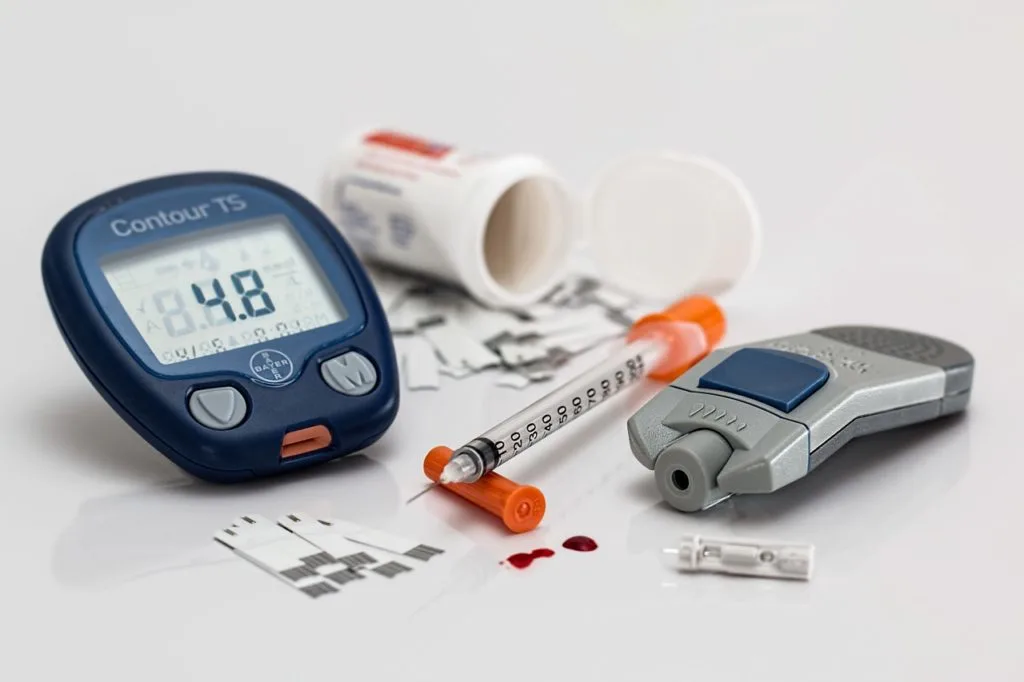A major study reveals that normalizing blood sugar levels is more effective at preventing type 2 diabetes than losing weight, cutting risk by 71% even if weight remains unchanged.

October 7, 2025

Source:
CMFI
Study Redefines Diabetes Prevention Focus
A groundbreaking study from Germany's University Hospital of Tübingen has challenged the long-held belief that weight loss is the most critical factor in preventing type 2 diabetes. The research, published in Nature Medicine, shows that normalizing blood sugar is far more important.
Blood Sugar Over Body Weight
The nine-year study followed over 1,100 individuals with prediabetes. It found that those who achieved normal fasting blood sugar levels through lifestyle changes saw their risk of developing type 2 diabetes drop by a staggering 71%.
This risk reduction occurred even if the participants did not lose any weight, or in some cases, gained weight. This was nearly identical to the 73% risk reduction seen in those who did lose weight.
"The most important goal for preventing type 2 diabetes is restoring normal fasting blood sugar levels, rather than focusing on the number on the scale," stated Professor Andreas Birkenfeld, the study's corresponding author.
Keep up with the story. Subscribe to the PR+ free daily newsletter

Source:
The Conversation
The Critical Role of Fat Distribution
The research highlights that where fat is stored in the body is more decisive than total body weight for diabetes risk.
Visceral vs. Subcutaneous Fat
The study identified visceral fat—the fat surrounding internal organs in the abdomen—as particularly harmful. According to the Harvard Medical School, this type of fat releases signaling molecules that promote inflammation and lead to insulin resistance.
Participants who normalized blood sugar without losing weight successfully reduced their percentage of this harmful abdominal fat. Instead, they increased adipose tissue in subcutaneous depots (fat directly under the skin), which is considered less dangerous.
Underlying Biological Changes
The study linked this successful blood sugar regulation to several key biological improvements, including:
Improved insulin sensitivity
Enhanced β-cell function
Increased β-cell sensitivity to the GLP-1 hormone
Read More

Source:
LocalHealthGuide
Share this news:




















